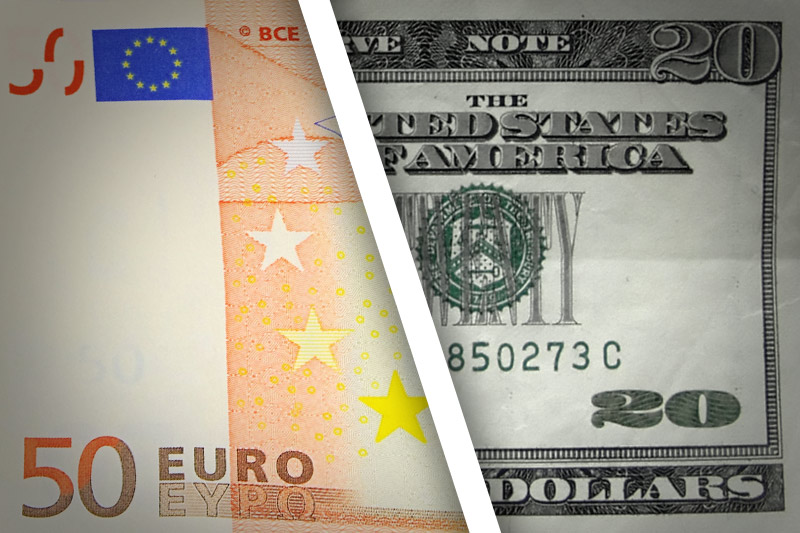Investing.com - The euro remained lower against the U.S. dollar on Monday, as uncertainty over Spain and Greece weighed on demand for the single currency, while markets in the U.S. remained closed as Hurricane Sandy threatened the East Coast.
EUR/USD hit 1.2887 during U.S. morning trade, the session low; the pair subsequently consolidated at 1.2905, shedding 0.26%.
The pair was likely to find support at 1.2834, the low of October 10 and resistance at 1.2942, the session high.
Trade volumes were expected to remain light during U.S. hours on Monday, as a result of the first unscheduled market closure since September 2001 as Hurricane Sandy prepared to make landfall on the northeastern U.S. coast.
The euro remained under pressure amid growing doubts over whether Greece can meet austerity targets as coalition talks on the latest round of spending cuts remained deadlocked.
Elsewhere, Spanish Prime Minister Mariano Rajoy criticized the idea of a new European Union Commissioner with powers over the national budgets of euro zone countries earlier, saying it could be counterproductive.
Speaking following talks with Italy’s prime minister, Mr. Rajoy said he could ask for an bailout "if we think it is in the interest of Spaniards".
Market sentiment was also weighed by concerns over the global economic outlook, despite Friday’s better-than-expected U.S. data on economic growth, as weak third quarter corporate earnings results fuelled fears over a slowdown in demand.
The euro was slightly higher against the pound, with EUR/GBP edging up 0.13% to 0.8046, but was lower against the yen, with EUR/JPY sliding 0.14% to 102.90.
The U.S. dollar remained little changed after official data showed that the U.S. core personal consumption expenditure index ticked up 0.1% in September, matching expectations, while personal spending rose 0.8%, beating forecasts for a 0.6% increase.
EUR/USD hit 1.2887 during U.S. morning trade, the session low; the pair subsequently consolidated at 1.2905, shedding 0.26%.
The pair was likely to find support at 1.2834, the low of October 10 and resistance at 1.2942, the session high.
Trade volumes were expected to remain light during U.S. hours on Monday, as a result of the first unscheduled market closure since September 2001 as Hurricane Sandy prepared to make landfall on the northeastern U.S. coast.
The euro remained under pressure amid growing doubts over whether Greece can meet austerity targets as coalition talks on the latest round of spending cuts remained deadlocked.
Elsewhere, Spanish Prime Minister Mariano Rajoy criticized the idea of a new European Union Commissioner with powers over the national budgets of euro zone countries earlier, saying it could be counterproductive.
Speaking following talks with Italy’s prime minister, Mr. Rajoy said he could ask for an bailout "if we think it is in the interest of Spaniards".
Market sentiment was also weighed by concerns over the global economic outlook, despite Friday’s better-than-expected U.S. data on economic growth, as weak third quarter corporate earnings results fuelled fears over a slowdown in demand.
The euro was slightly higher against the pound, with EUR/GBP edging up 0.13% to 0.8046, but was lower against the yen, with EUR/JPY sliding 0.14% to 102.90.
The U.S. dollar remained little changed after official data showed that the U.S. core personal consumption expenditure index ticked up 0.1% in September, matching expectations, while personal spending rose 0.8%, beating forecasts for a 0.6% increase.
